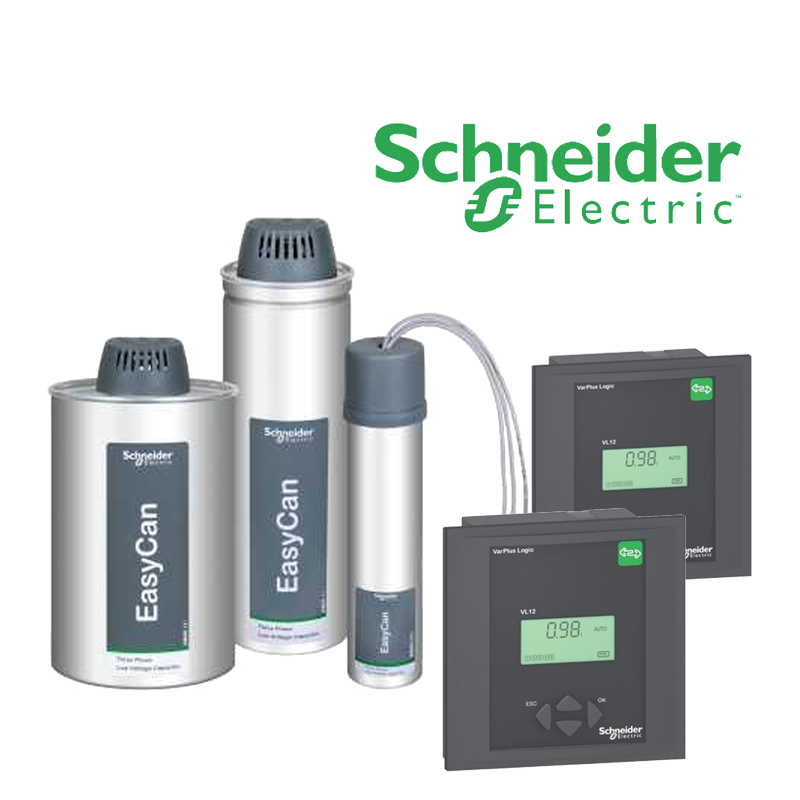
Reactive power, often described as the "unused" power in an AC circuit, is a pivotal but often overlooked aspect of electrical systems. In simple terms, when dealing with DC circuits, the product of volts and amps directly gives the consumed power in watts. However, in AC circuits with reactive components, the relationship between voltage and current becomes more intricate due to changes in frequency, impacting reactive power.
In an AC circuit, the product of voltage and current is termed apparent power, expressed in volt-amperes (VA). For purely resistive circuits, like heaters and bulbs, where reactance is minimal, power is straightforward to calculate. However, when reactive components are present, the phase angle difference between voltage and current introduces complexity.
Reactive power, measured in volt-amperes reactive (VAr), is not actual power but represents the out-of-phase product of volts and amperes. Essential for devices using magnetic fields like motors and transformers, reactive power establishes and sustains electric and magnetic fields in AC equipment.
Understanding the three elements of power—active power (watts), apparent power (VA), and reactive power (VAr)—involves recognizing their relationship in a power triangle. While active power is never negative, reactive power can be positive or negative. Minimizing reactive power proves beneficial for system efficiency, even though it is crucial for voltage regulation and power transmission.
Power factor correction capacitors offer a solution to manage reactive power and enhance efficiency, particularly in industrial settings. Maintaining a power factor above 0.95 is considered efficient, while a perfect power factor of 1.0 signifies optimal power consumption without any reactive power. Reactive power, though often likened to the foam head on a beer, is integral for effective power transmission and distribution.
In the dynamic world of electrical systems, understanding and managing reactive power is essential for balancing efficiency, cost-effectiveness, and sustainability in power utilization.